Brighter Blooms April Snow Camellia Shrub Shrubs & Hedges
$29.99 Original price was: $29.99.$21.89Current price is: $21.89.
- Shop with confidence, we guarantee quality.
- 7 Days of Hassle-Free Returns
- Quality products for every lifestyle.
- 7-Day Returns, 100% Quality

Huge Blooms from a Cold-Hardy Camellia
The April Snow Camellia is famous for having exceptional winter hardiness, and thrives in growing zones 6-9… areas that are too cold for most camellias.
You’ll enjoy glossy foliage and fragrant blooms, so be sure to plant them in areas where everyone can see them. They look great near entryways or patios.
This spectacular evergreen shrub grows upright in a rounded form. Large, dark green leaves are thick and provide a stunning backdrop for snow-white flowers. These blooms are elegant- some people compare them to white roses.
In the northern regions, the April Snow’s graceful blossoms announce the arrival of spring. In areas to the south where winter climates are less chilly, your shrub may bloom much later in the year.
The April Snow Camellia is adaptable to most soil types and flourishes in partial shade. Plant them in decorative pots for portable color and ambiance around a deck or patio. It makes a striking accent, foundation or mixed bed plant. Looks great in groups of 3 or 5.
The dense evergreen foliage makes April Snow Camellias ideal for use as an ornamental privacy hedge. Plant these beauties about 4 feet apart in rows along your property line to create a secluded and tranquil atmosphere.
Maturing to heights of 5-8 feet with a similar spread, the April Snow Camellia is easy to grow and requires almost no maintenance once established.
Planting & Care
1. Planting: Choose a location with well-drained soil and adequate sunlight. From there, dig a hole that’s about three times the size of your Camellia’s rootball, place your shrub, and backfill the soil.
Your Camellias will thrive in pots but need a container that’s about twice the width of your plant’s shipped container. Ensure it has drainage holes, use organic soil, and place your plant.
2. Watering: If the soil is dry about 3 inches down, then water until it’s moist.
3. Fertilizing: Fertilize your Camellia in the spring after the flowers have dropped. Using a soluble fertilizer for acid-loving plants once or twice a month in spring and mid-summer is best.
4. Pruning: After your blooming season has ended, you’ll want to remove any dead or weak wood (a gray tinge to the bark is an easy way to identify dead branches). Thin out the growth a bit when your Camellias become so dense that blooms will have difficulty emerging. Shorten lower limbs to encourage more upright growth.
| Size | 1 Gallon, 3 Gallon |
|---|
Be the first to review “Brighter Blooms April Snow Camellia Shrub Shrubs & Hedges” Cancel reply
Related products
Fruit Trees
Berry Bushes
Fruit Trees
Fruit Trees
Berry Bushes
Avocado Trees





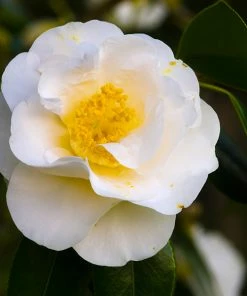
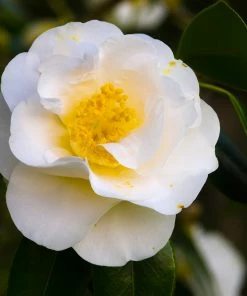
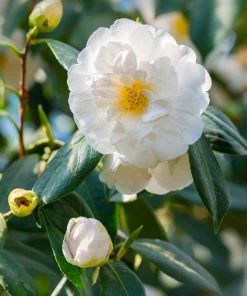





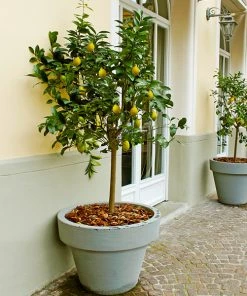

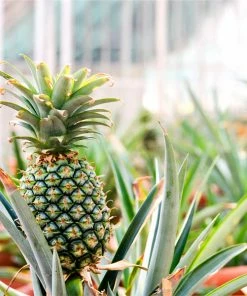




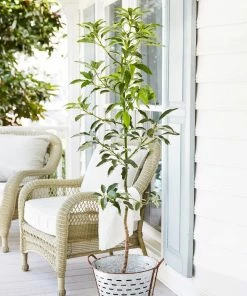




Reviews
There are no reviews yet.